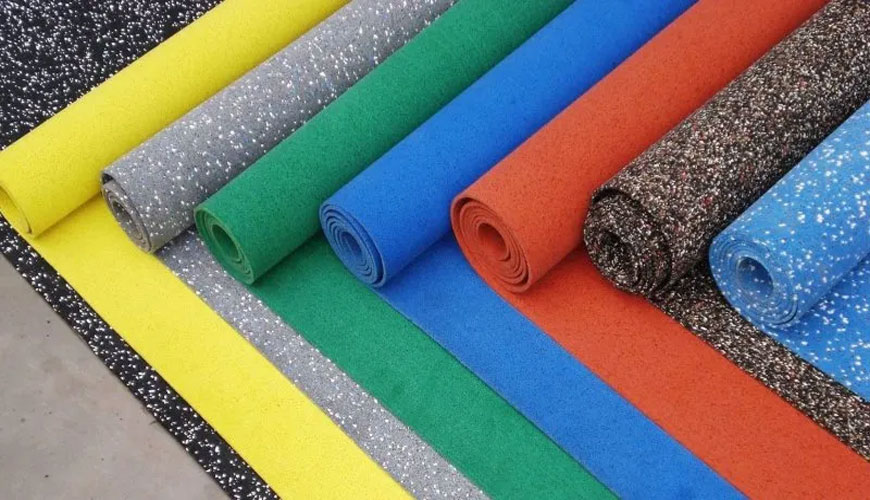

EUROLAB laboratory provides testing and compliance services within the scope of ASTM D1053 standard. Standard,
describes the use of a torsion apparatus for measuring the relative low temperature curing of flexible polymeric materials and fabrics coated therewith. A routine inspection and acceptance procedure to be used as a pass-fail test at a given temperature is also described.

These test methods provide comparative data for evaluating the low temperature performance of flexible polymers and fabrics coated with them. Values stated in SI units should be accepted as standard.
This standard does not purport to address all safety concerns associated with its use. It is the responsibility of the user of this standard to establish appropriate safety, health and environmental practices and to determine the applicability of regulatory restrictions prior to use. This international standard has been developed in accordance with the internationally accepted principles of standardization set out in the Resolution on Principles for the Development of International Standards, Guidelines and Recommendations issued by the World Trade Organization Technical Barriers to Trade (TBT) Committee.
ASTM D 1053 Scope of Test
These test methods describe the use of a torsion apparatus to measure the relative low temperature curing of flexible polymeric materials and fabrics coated with them. A routine inspection and acceptance procedure to be used as a pass-fail test at a given temperature is also described.
These test methods provide comparative data for evaluating the low temperature performance of flexible polymers and fabrics coated with them.
Values stated in SI units should be accepted as standard. Values in parentheses are for informational purposes only.
This standard does not purport to address all, if any, safety concerns associated with its use. It is the responsibility of the user of this standard to establish appropriate safety and health practices and to determine the applicability of regulatory restrictions prior to use.
ASTM D 1053 Importance and Use
There are two procedures described as Test Method A and Test Method B. Test Method A uses one of two sample configurations, numbered Type A and Type B. The geometry of Test Method A, Type A and Test Method B, Type C molds are similar as they are both rectangular although they are dimensionally different.
The Test Method B, Type C specification also allows for variation in sample length. Since the material in question is the determinant of this size within a certain range, there is some freedom in the thickness of all three types of test specimens.
Test Method A, Type B geometry is completely different and is often referred to as the "dumbbell" shape. However, based on its 10-year sales history, Type B mold is commercially preferred.
Eurolab laboratory provides testing services within the scope of ASTM D1053 standard.
To get an appointment, to get more detailed information or to request an evaluation, you can ask us to fill in our form and reach you.